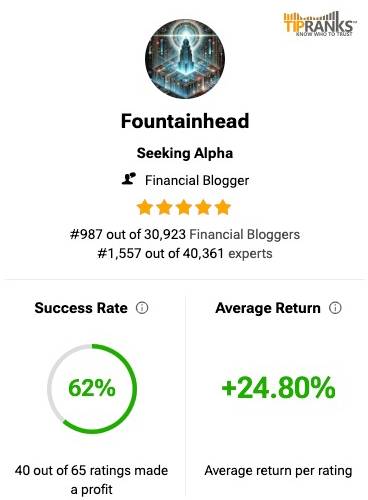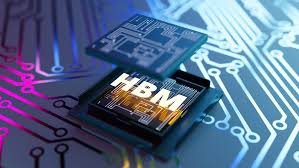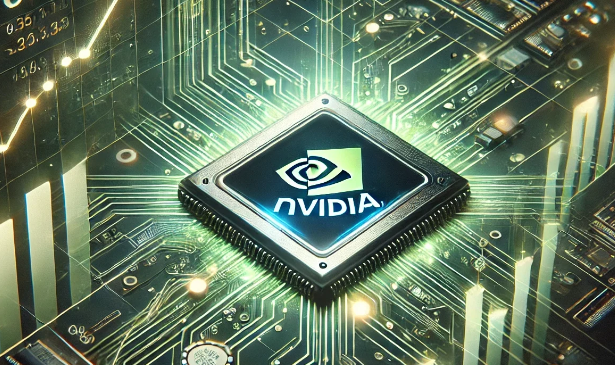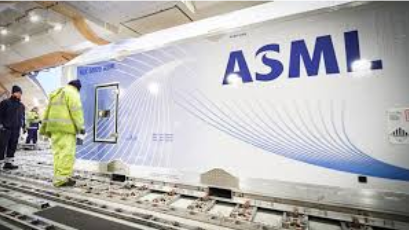Hyperscaler Capex Shows Strong Demand For Nvidia’s (NVDA) GPUs.
I know there is excitement in the markets as Nvidia reports Q3-FY2025 earnings after the market on Wednesday 11/20. Nvidia earnings watch parties have become part of the Zeitgeist, and its quarterly earnings are one of the most closely watched events each quarter.
I, however, don’t believe in quarterly gyrations and have been a long-term investor in Nvidia since 2017, having recommended it more than two years ago and then in March 2023 and again in May 2023 as part of an industry article on auto-tech.
I believe the Blackwell ramp is going strong, and reports regarding rack heating issues are just noise in a program of this size.
Capex from hyperscalers will continue to fuel demand for Nvidia’s GPUs in the next year and beyond and even though it’s expensive it remains a great long-term investment.
Capex from hyperscalers – Nvidia’s biggest customers.
AI spending from the hyperscalers is expected to increase to $225Bn in 2024. Cumulatively in the first 9 months of the year, the key hyperscalers who are Nvidia’s biggest clients, have already spent $170Bn, on Capex — 56% higher than the previous year. Here are the estimates for the full year 2024,
- Amazon (AMZN) $75Bn
- Alphabet (GOOG) $50Bn
- Meta (META) $38Bn to $40Bn
- Microsoft (MSFT) $60Bn
On their earnings call, hyperscalers’ management committed to continued Capex spending in 2025, but not at the same pace of over 50% seen in 2024.
When quizzed by analysts, hyperscalers also talked about AI revenues, which though are still relatively small compared to the amount of Capex spent, it is growing and growing within their products. Amazon mentioned that its AI business through AWS is at a multibillion-dollar revenue run rate growing in triple-digits year, while Microsoft’s CEO stated that its AI business is on track to surpass $10 billion in annual revenue run rate in Q2-FY2025.
Meta and Alphabet had more indirect inferences about AI revenues. For example, Meta believes that its AI tools improve conversion rates for its advertisers, which creates more demand. On the consumer side, Meta believes that their AI has led to more time spent on Facebook and Instagram. Similarly, Alphabet also spoke about Gemini improving the user experience and its use of AI in search. Seven of the company’s major products—with more than two billion users—have incorporated Google’s AI Gemini model, While Capex from hyperscalers also goes towards infrastructure, and building, which take longer to show good returns, a fairly large chunk goes towards GPUs, which bodes well for Nvidia, which controls more than 80% of the AI-GPU market.
Besides Capex, I also believe in AI and there are several areas where AI has already shown promise.
Code Generation
The low-hanging fruit is being plucked: A quarter of new code at companies like Google is now initially generated by AI and then reviewed by staff. Similarly, GitLabs and GitHub, are providing Dev-Op teams similar offerings.
Parsing and synthesizing data for product usage:
Partha Ranganathan, a technical fellow at Google Cloud, says he’s seeing more customers using AI to synthesize and analyze a large amount of complex data using a conversational interface.
Other enterprise software companies see huge upsides in selecting a large-language model and fine-tuning the model with their own unique data applied to their own product needs.
I recommended Duolingo (DUOL) for the same reasons, their own AI strengths better their language app, creating a virtuous flywheel of data generation from their own users to create an even better product – data that exists within Duolingo, which is more powerful and useful than a generic ChatGPT product.
Using AI for medical breakthroughs
Pharmaceutical giants like Bristol Myers are using AI for drug discovery at a pace that was impossible before AI and LLMs became available. These are computational problems that need powerful GPUs to research, compute, and process for clinical trials.
Who is the indispensable, ubiquitous, and default option to turn their dreams into reality? – Nvidia and its revolutionary Blackwell GPUs – the GB200 NVL72 AI system, which incorporates 72 GPUs, linked together inside one server rack differentiating Nvidia from its lesser lights like AMD and Broadcom, which at a run rate of $5.5Bn and $11Bn, respectively are minnows compared to the $130Bn behemoth with 80% of that revenue from AI/Datacenter GPUs.
I believe we are in the first innings of AI and Nvidia will continue to lead the way. I continue to buy Nvidia on declines.













